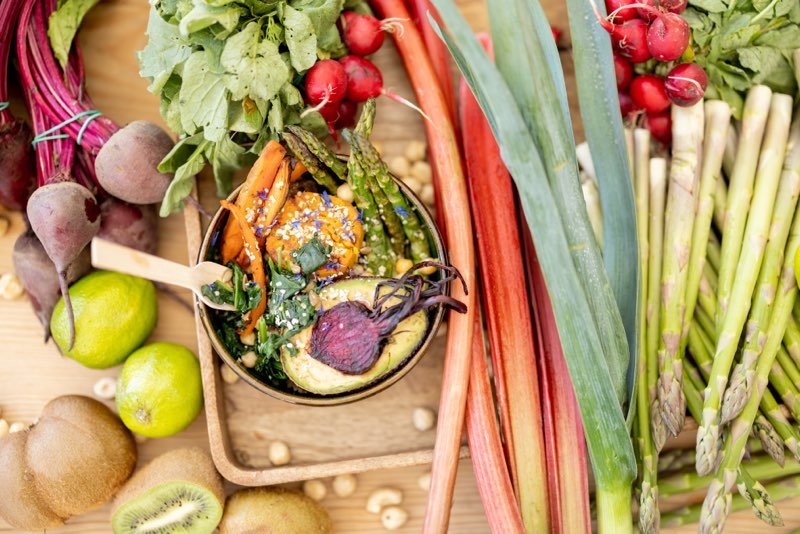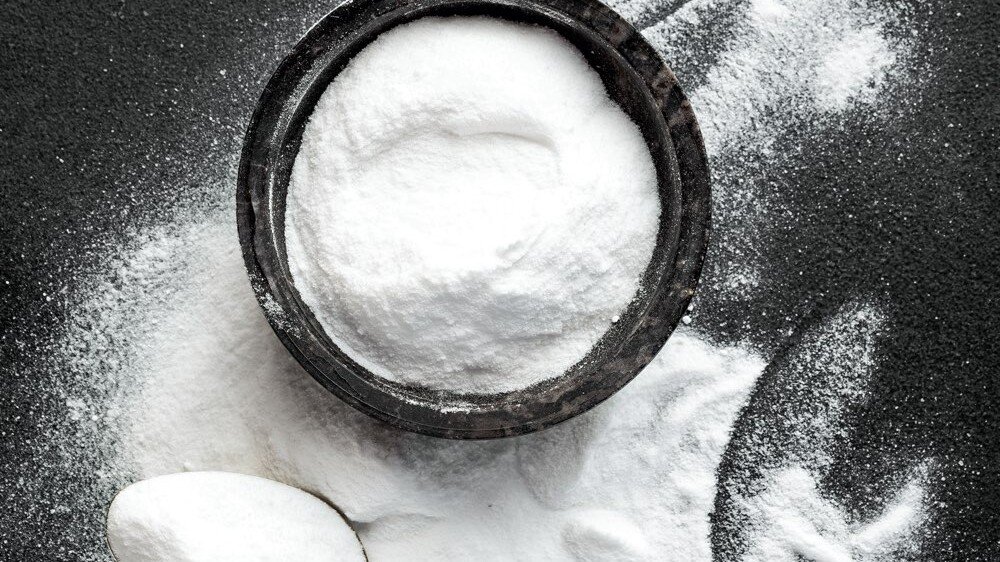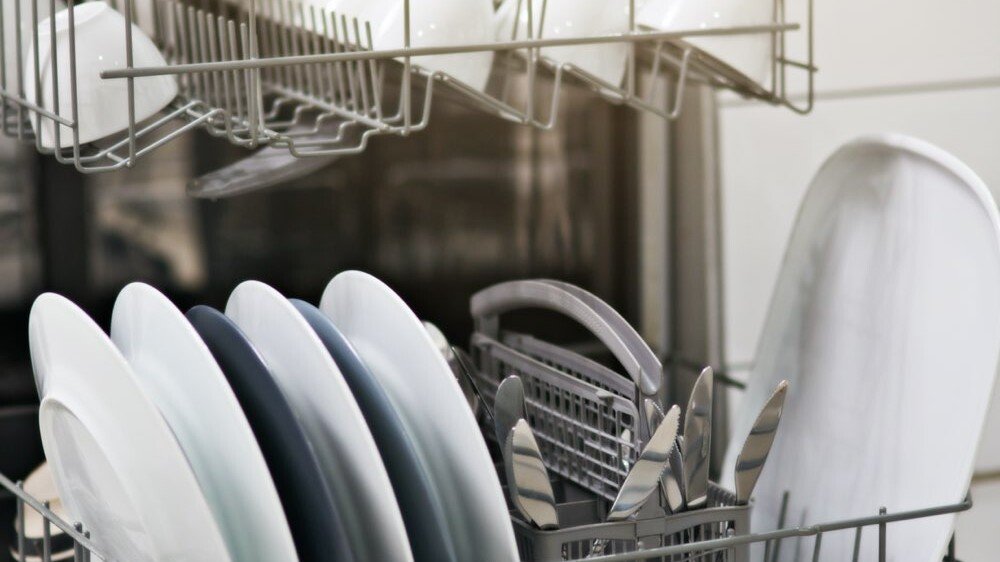A cutting board is a must-have in any kitchen, but without proper cleaning, it can become a breeding ground for bacteria and cross-contamination. Discover the best techniques to clean, sanitize, and care for your cutting board to ensure a safe and hygienic cooking environment. Follow these easy steps for a healthier kitchen!
1. Why Cleaning Your Chopping Board Matters
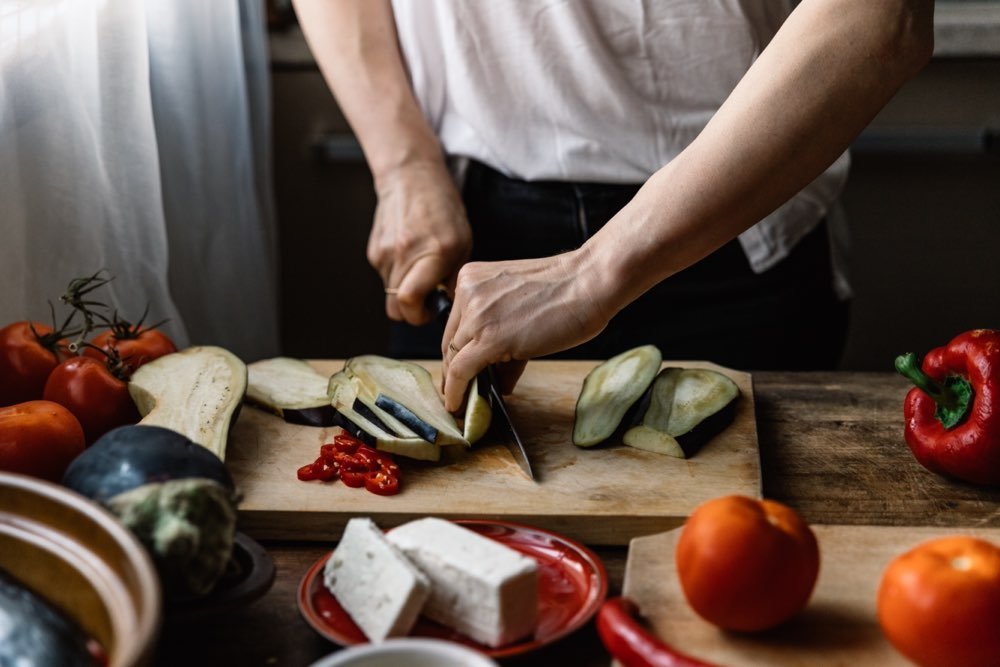
A chopping board comes into direct contact with raw and cooked food, making it a potential hotspot for bacteria. Regular and proper cleaning helps prevent cross-contamination and keeps your food safe for consumption.
2. Immediate Cleaning – Rinse Right Away
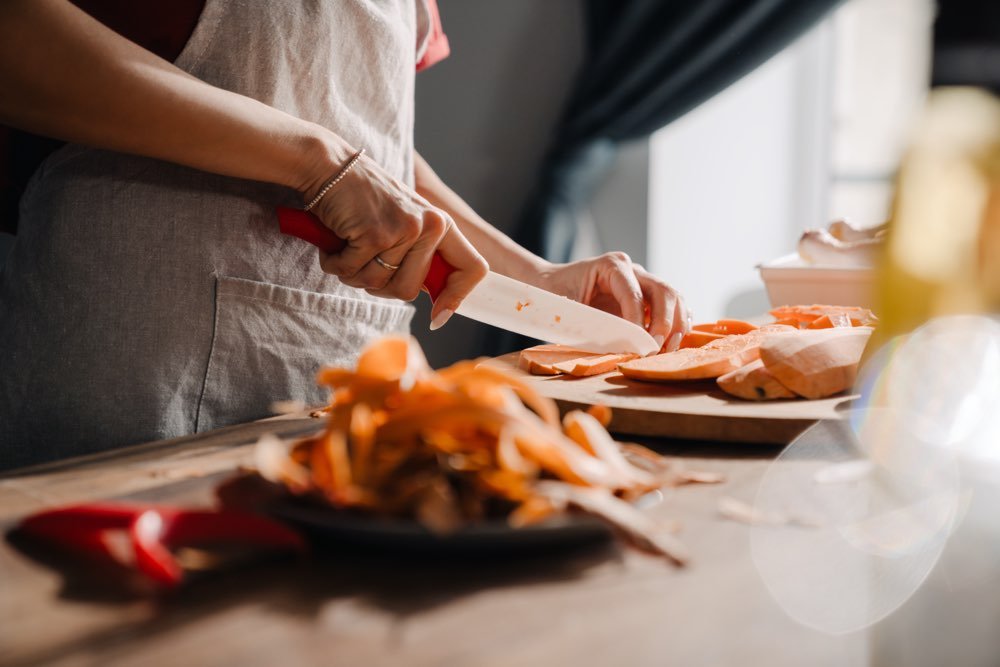
After each use, rinse your chopping board under warm running water to remove food particles. This quick action prevents food residue from sticking, making deeper cleaning easier.
3. Deep Cleaning – Scrub Away the Germs
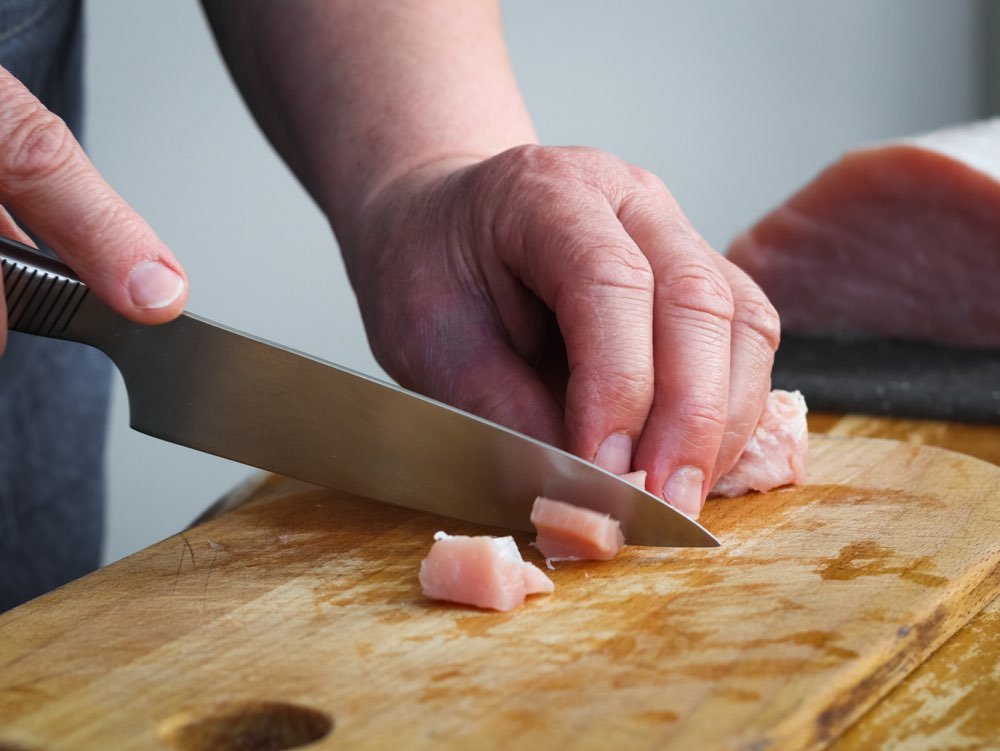
Use a sponge or soft brush with mild dish soap to scrub the surface. Avoid harsh cleaners or metal scrubbers, as they can damage the board and create grooves where bacteria can hide. If stains persist, use a cleaning agent designed for kitchen surfaces.
4. Disinfecting – Say Goodbye to Bacteria

For thorough sanitation, especially after cutting raw meat, use a natural disinfectant. A solution of one part white vinegar to four parts water works wonders. Apply, let sit for a few minutes, then rinse thoroughly. Avoid pouring hot water directly unless the board has been pre-cleaned, as heat alone won’t kill bacteria effectively.
5. Drying – Avoid Mold & Mildew
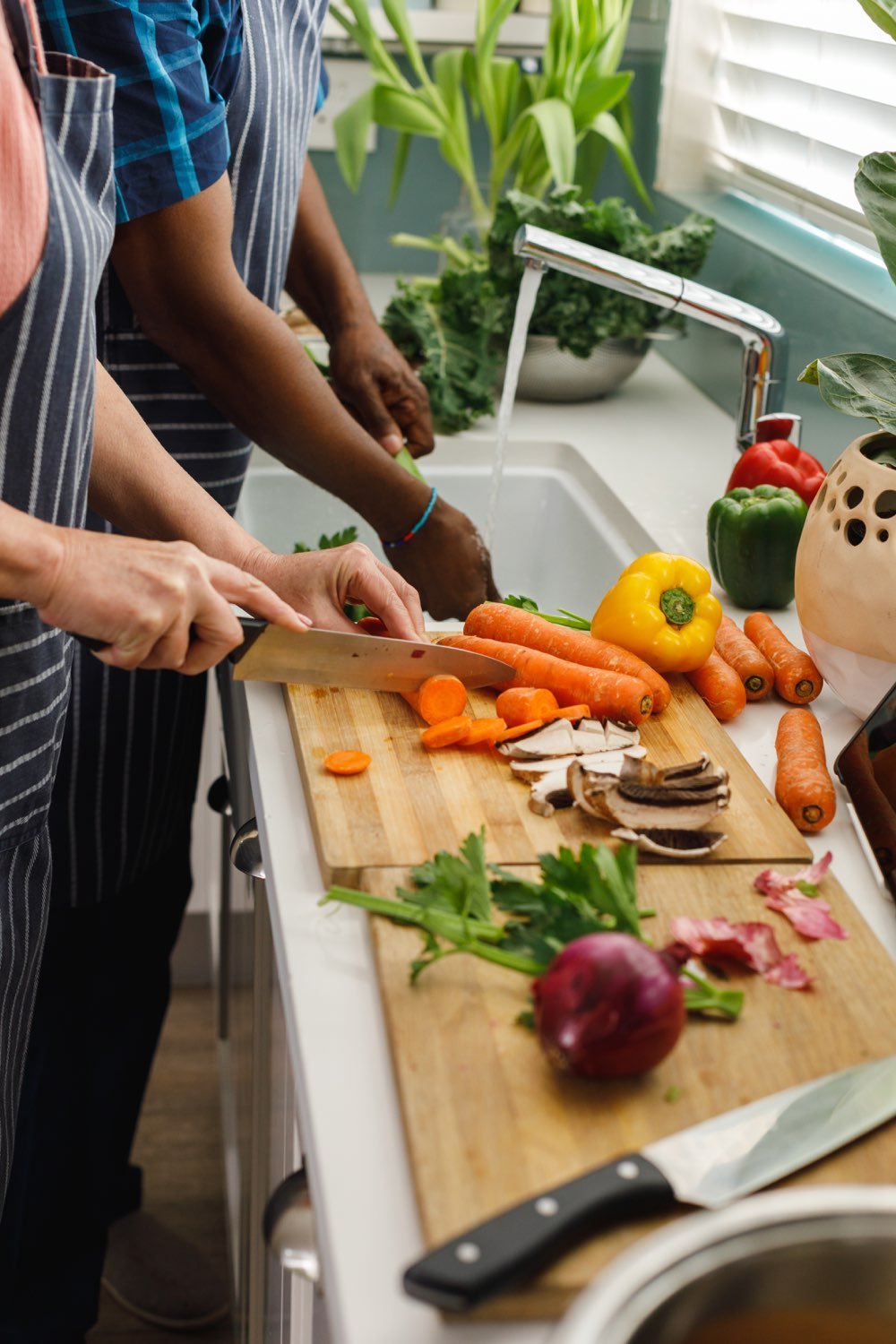
After washing, pat your chopping board dry with a clean towel and let it air dry completely before storing. Moisture can encourage bacteria and mold growth, so ensure it is fully dry.
6. Regular Maintenance – Keep Your Board in Top Shape
- Use Separate Boards: Designate one for raw meat and another for vegetables to prevent cross-contamination.
- Avoid Soaking: Wooden boards can warp and crack if left in water for too long.
- Inspect Often: Check for deep cuts or grooves where bacteria can hide. If your board is excessively worn, consider replacing it.
- Oil Wooden Boards: Apply food-grade mineral oil occasionally to prevent drying and cracking.
Additional Tips:
- Separate Boards: Consider using separate chopping boards for raw meats and vegetables to avoid cross-contamination.
- Avoid Soaking: Do not soak wooden chopping boards in water, as this can cause the wood to warp or crack.
- Inspect Regularly: Regularly inspect your chopping boards for deep cuts or grooves where bacteria might hide. Replace boards that are excessively worn or damaged.
Conclusion
Taking proper care of your chopping board is essential for a safe and healthy kitchen. By following these steps, you’ll ensure your food stays fresh, your cooking remains hygienic, and your chopping board lasts longer. Keep up with regular cleaning and maintenance, and enjoy stress-free meal prep every day! 🍽️✨
More from VibeZtyle.com
Genius Baking Soda Hacks That Will Change Your Home Routine
Discover the best baking soda hacks that simplify cleaning, freshen air, and save money effortlessly.
Clean Smart: How to Use a Dishwasher and Make It Last Longer
Discover how to use a dishwasher effectively and extend its life with easy maintenance tips. Keep your dishes sparkling…
Conquering Daylight Saving Time in Toronto: Sleep, Energy & Lifestyle Hacks
Daylight Saving Time in Toronto can disrupt your sleep, energy, and daily routines ⏰. But with the right strategies,…
Exhausted? It is time to pamper yourself
In today’s busy world, self-care is essential for every woman 💆♀️. Simple, thoughtful habits can significantly boost…
From Vision to Action: 10 Resolutions You Can Achieve in 2025
The new year brings fresh opportunities to grow, improve, and create a balanced life. 🎉 Resolutions don’t have to be…
Healthy Living,What is Cooking?
7 Delicious Foods That Boost Your Health
Eating well isn’t just about enjoying delicious flavors, it’s about fueling your body with the nutrients it needs to…
6 Everyday Habits That Help Parents and Kids Earn Each Other’s Respect
These 6 simple habits help families build mutual respect, improve communication, and create a more loving home…
How Dads Can Truly Support: From Doing Tasks to Sharing the Mental Load
Being a supportive dad means more than helping—it’s about sharing the mental load and planning family life……


